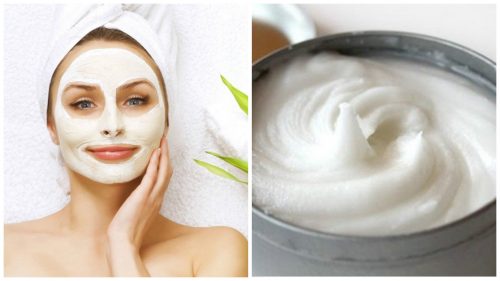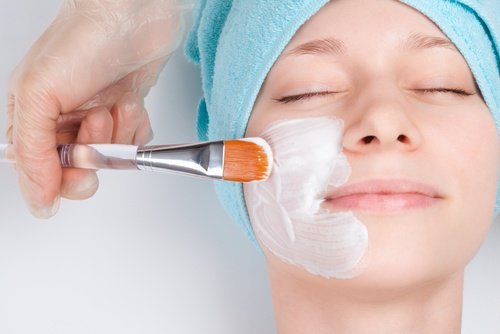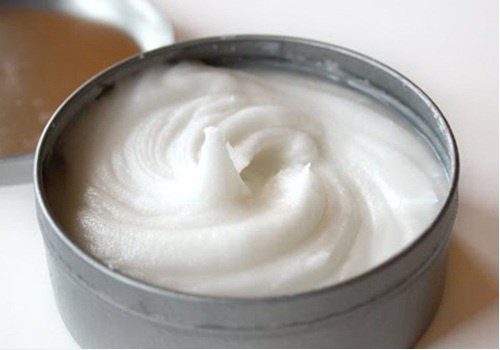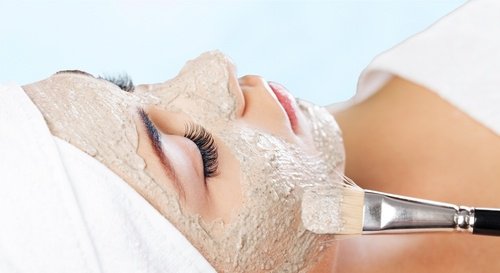An Aspirin and Yogurt Face Mask to Clear Skin Blemishes


Reviewed and approved by the doctor Karla Henríquez
Continual exposure to UV rays and hormonal changes are two major causes of blemishes on your face. This condition is getting more and more common, and every day there’s a new product to prevent them, added to the already wide range of treatments out there. Sometimes, though, your skin needs something a bit different, and today we’re bringing you an aspirin and yogurt face mask.
On the whole, commercial treatments tend to be quite expensive. Unfortunately, we often simply can’t afford them. In addition, some of the chemical compounds in them aren’t healthy at all, and can cause adverse reactions on sensitive skin.
The good news is that there are low-cost, natural solutions! These can help you clear up these blemishes without exposing your skin to harsh components. They even use easy-to-find ingredients, just like today’s face mask! You’ll love it!
Aspirin and yogurt face mask

Aspirin is a medicine that’s become popular in recent years as a low-cost ingredient for helping many kinds of skin problems. It’s usually used for pain and cardiovascular health. However, the chemical compounds in aspirin give it special powers for your skin.
It contains a fat-soluble substance known as hydroxy acid, which is now being used in creams and skin exfoliating products. This substance makes marks and spots less noticeable, and improves healing. And, as if that weren’t enough, it gets rid of contaminants that find their way onto your skin.
In addition, the salicylic acid in aspirin also makes it anti-inflammatory and anti-aging. Because of that, once it absorbs into your skin, it fights acne and signs of premature aging. Here, we’ll enhance the effect by adding the yogurt, a wonderful ingredient that has been used for decades as a natural cosmetic.
Its lactic acid, along with its antioxidants and probiotics, regulate skin pH and encourage the removal of dead skin cells. It heals and clears up your skin, and if applied regularly, will make blemishes and scars less noticeable.
Want to learn more? The 8 Best Oils to Keep Your Skin Young and Healthy
How to use this face mask

All you need to make this aspirin yogurt face mask is a few minutes and very little money. While it’s mainly for reducing blemishes, it can also be used to control oil production and cleanse your pores.
In addition, it’s even a good option for reducing the negative effects of free radicals, especially when your body is accumulating toxins.
Ingredients
- 6 aspirin tablets
- 1/4 cup of Greek yogurt
- 2 tablespoons of honey
Preparation
- First, grind the aspirin with a mortar and pestle until it forms a powder.
- Then, put it into a clean container and mix in the Greek yogurt and honey.
- After that, stir until creamy, then apply.
Check out this article: Homemade Mask with Yogurt to Fight Blackheads
How to Apply
- At night, right after you wash your face and remove your makeup, spread the mask over all affected areas of your face.
- If you like, you can then also apply it to your neck and chest to really take advantage of the mask’s anti-aging abilities.
- Then, let sit for 20 minutes, then rinse with warm water.
- As you rinse, make gentle circular movements on your skin to help remove dead skin cells.
- After this, apply a moisturizing cream to enhance the effects.
- Repeat at least 3 times a week and always remember to use sun protection every day.
A few things to keep in mind

- The ingredients in this aspirin and yogurt face mask don’t usually have undesired side effects. However, it’s a good idea to test it on a small area of your skin before applying it all over. If you experience irritation or burning, don’t use it.
- Your face won’t clear up immediately and you have to do the treatment several times to see noticeable results.
- You can enhance the effects by eating well, drinking enough water, and using gentle facial products and makeup.
Are you ready to try it? Follow our recommendations and you’ll see just how fantastic this homemade, low-cost face mask really is!
All cited sources were thoroughly reviewed by our team to ensure their quality, reliability, currency, and validity. The bibliography of this article was considered reliable and of academic or scientific accuracy.
- Arif, T. (2015, August 26). Salicylic acid as a peeling agent: A comprehensive review. Clinical, Cosmetic and Investigational Dermatology. Dove Medical Press Ltd. https://doi.org/10.2147/CCID.S84765
- Mateus, R., Moore, D. J., Hadgraft, J., & Lane, M. E. (2014). Percutaneous absorption of salicylic acid – In vitro and in vivo studies. International Journal of Pharmaceutics, 475(1), 471–474. https://doi.org/10.1016/j.ijpharm.2014.08.061
- Lee, W. J., & Lucey, J. A. (2010). Formation and physical properties of yogurt. Asian-Australasian Journal of Animal Sciences. Asian-Australasian Association of Animal Production Societies. https://doi.org/10.5713/ajas.2010.r.05
- El-Abbadi, N. H., Dao, M. C., & Meydani, S. N. (2014). Yogurt: Role in healthy and active aging. American Journal of Clinical Nutrition, 99(5). https://doi.org/10.3945/ajcn.113.073957
This text is provided for informational purposes only and does not replace consultation with a professional. If in doubt, consult your specialist.








